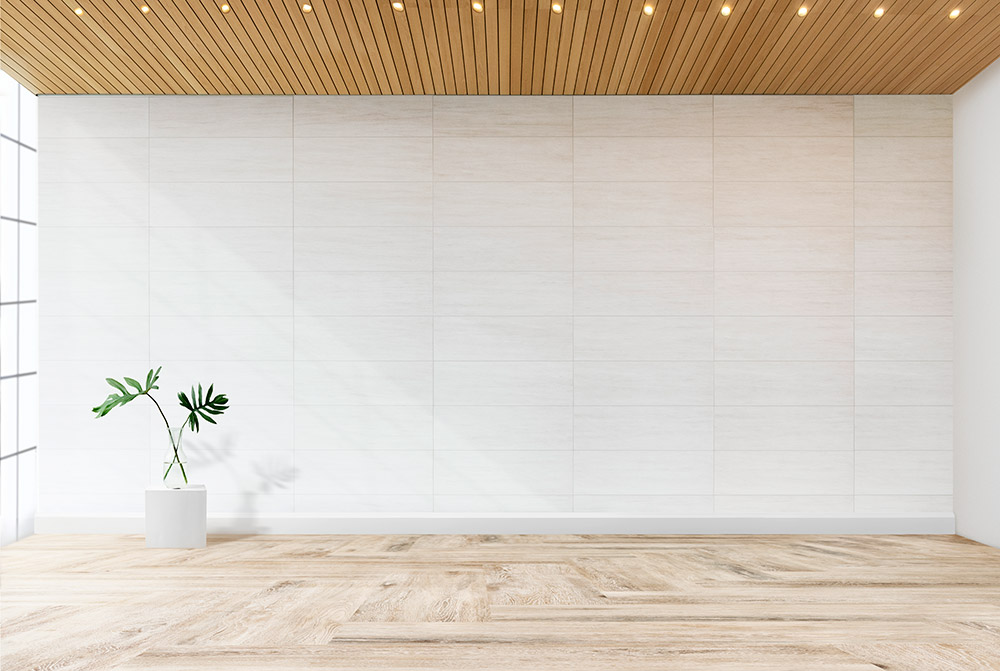Welcome to CondoCosmetics INC.
Welcome to CondoCosmetics INC.
A Buyer’s Guide to Quality Laminate Flooring

For modern home improvement, quality laminate flooring is a game-changer. Because it’s prefinished, it’s easy to install, and it doesn’t require a lot of special tools. Most of the various types may be installed without glue or fasteners by just snapping together the planks. Choosing a product is the most difficult part! What we will tell you is everything about that.
Quality Laminate flooring comes in two varieties: solid wood and engineered. Both are sold in quantities of four 1/4-inch-thick snap-together boards. However, the following is distinct: To ensure structural integrity, each layer of actual wood is attached perpendicularly to the one below and above it. The top layer is an acrylic-coated thin hardwood layer of superior quality. Instead, plastic laminate has a wood grain print on the top protected by an outer layer of clear hard plastic, with a base layer of melamine and a middle layer of resin-saturated fiberboard.
Engineered wood is best suited to those who appreciate the look of real wood rather than synthetic alternatives. But you have to pay for the truth. It costs roughly twice as much as plastic laminate flooring on average. Because of the thin top layer of real hardwood, it is more prone to dings, scratches, and discoloration. However, unlike plastic laminate flooring, it may be sanded and refinished up to three times. So, if placed away from locations prone to water damage and heavy use, it should survive longer than plastic laminate.
Flooring options that offer durability and ease of installation aren’t limited to quality laminate. Take a look at luxury vinyl (LV) flooring the next time you’re in a home center. Luxurious vinyl plank (LVP) imitates wood, while luxury vinyl tile (LVT) looks like ceramic tile (shown here). Both forms of flooring are incredibly durable, extremely easy to install, and entirely watertight. Luxury vinyl is a wonderful option for uneven subfloors because of its flexibility.
Foam underlayment is considered a necessary part for all quality laminate flooring. Don’t forget to do it. Underlayment softens the floor by preventing it from squeaking on the subfloor when you walk on it. In addition to making the installation of the planks simpler, it evens out any minor discrepancies in the subfloor. Self-adhesive tape is sometimes used to link the rows of underlayment. Others want a separate piece of tape. Use caution when completing the task at hand. The particular laminate and wood flooring installation tools are a must-have. You’ll need it to connect the ends of each row of flooring to the wall.
If you prefer peace and quiet, go with whichever sort of flooring you prefer. For those of us who have children, dogs, and many visitors, we need to be a little more cautious. With a low-gloss finish, a faded or hand-scraped patina, or a diverse grain pattern, flooring with a monolithic grain pattern will look better and last longer.
The degree of slab or subfloor unevenness that the brand and kind of flooring you purchase will tolerate is specified in the installation instructions. Wider planks will be more difficult to snap together, end joints won’t be flat with one another, and you can see more gaps beneath the planks that you’ll feel as you walk over the floor on an uneven floor. You’re better off going with a smaller plank style and being thorough when applying the floor leveling compound to an uneven concrete or wood subfloor.